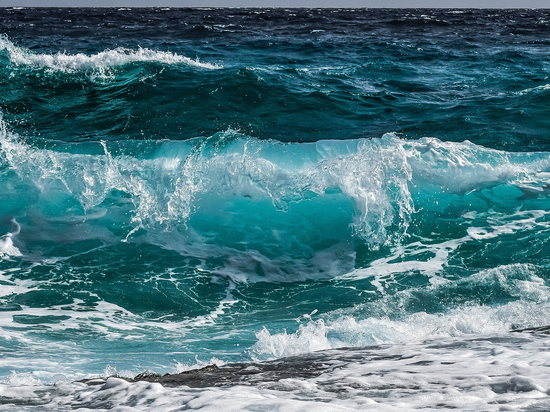Harvard physicist decided to find an alien artifact in the ocean
[ad_1]

Renowned scientist plans expedition to search for interstellar meteorite
Harvard physicist Avi Loeb plans a Pacific expedition to search for the first interstellar meteorite. A scientist is organizing a $1.5 million search in Papua New Guinea looking for what he says could be an alien artifact that fell into the ocean in 2014.
A renowned Harvard physicist is about to embark on a Pacific expedition to find what he thinks may be an alien artifact that has fallen into the ocean.
According to The Guardian, Avi Loeb has announced that he is organizing a $1.5 million ocean expedition to Papua New Guinea to search for fragments of the object that fell off the coast of Manus Island in 2014.
Loeb spotted this object in 2019 and identified it as the first interstellar meteor ever discovered, meaning it originated outside of our solar system. The interstellar origin of the meteorite was confirmed by NASA in April 2022, Loeb said.
Loeb and his team also concluded that the meteor was harder than all the other 272 meteorites cataloged by NASA’s Center for Near Earth Objects.
“Intrigued by this finding, I created a team that designed a two-week expedition to search for meteorite fragments at a depth of 1.7 km on the ocean floor. An analysis of the composition of the fragments could allow us to determine whether an object is natural or artificial in origin,” wrote Avi Loeb.
“We have a ship. We have a dream team that includes some of the most experienced and qualified professionals in the field of ocean expeditions,” he added.
According to Loeb, it is possible that the meteorites are “man-made … launched a billion years ago by a distant technological civilization.”
An ocean expedition is expected to use a vessel with a magnetic skid deployed with a winch with a long rope. The team will consist of seven people, as well as a scientific group.
“We will tow a sled equipped with magnets, cameras and lights across the ocean floor inside a 10 km x 10 km search field. A number of sources were used to narrow down the search to this relatively small search window,” said Loeb and his team.
The size of the fragments that could potentially be discovered by the Loeb team will depend on the composition of the meteorite, writes The Guardian. For an iron meteorite, the physicist predicts about a thousand fragments larger than a millimeter. If the meteorite is made of stainless steel, Loeb’s team expects to find larger sizes, with dozens of fragments larger than a centimeter.
Loeb said that in the event that his team uncovers a “significant technological relic” from the expedition, he promised Paola Antonelli, curator of the Museum of Modern Art, that he would bring the find to New York for display.
The expedition is expected to start this summer, according to The Daily Beast. “There is a chance it will fail,” Loeb, who co-founded the $1.755 million Galileo project to look for extraterrestrial signs, admitted in a comment to the publication. However, he remains adamant about his mission. “Extraordinary claims require extraordinary evidence,” the scientist said.
[ad_2]
Source link








